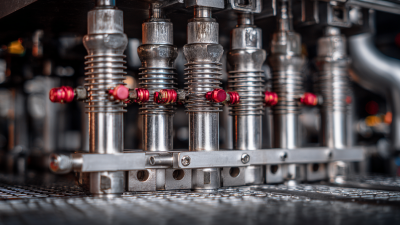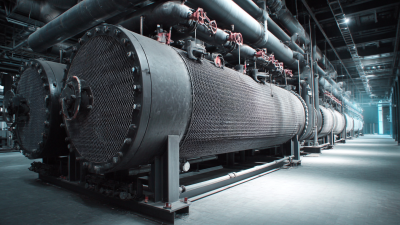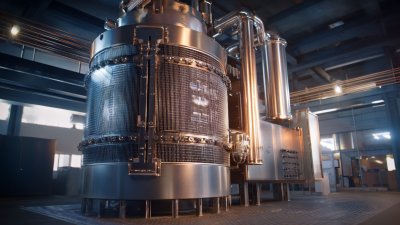Leave Your Message
In the pursuit of maximizing energy efficiency within HVAC systems, the significance of Heat Exchanger HVAC solutions cannot be overstated. With a growing emphasis on sustainability and energy conservation, industry reports suggest that implementing advanced heat exchanger technologies can improve energy efficiency by up to 30%. According to a 2023 study by the International Journal of HVAC Research, the integration of innovative heat exchanger designs has demonstrated remarkable potential in reducing operational costs while minimizing environmental impact.
 Expert in HVAC systems, Dr. Sarah Lin, emphasizes this progress stating, "Effective heat exchangers are the backbone of energy-efficient HVAC solutions. By optimizing heat transfer processes, we can make significant strides toward reduced energy consumption and enhanced indoor climate control." As businesses and homeowners alike seek to lower their energy bills and carbon footprints, the selection of the right heat exchanger technology becomes a critical decision. This comprehensive overview of the 10 best Heat Exchanger HVAC solutions of 2023 aims to provide insights into the most effective systems available, equipping stakeholders with the knowledge necessary to make informed choices for energy-efficient climate control solutions.
Expert in HVAC systems, Dr. Sarah Lin, emphasizes this progress stating, "Effective heat exchangers are the backbone of energy-efficient HVAC solutions. By optimizing heat transfer processes, we can make significant strides toward reduced energy consumption and enhanced indoor climate control." As businesses and homeowners alike seek to lower their energy bills and carbon footprints, the selection of the right heat exchanger technology becomes a critical decision. This comprehensive overview of the 10 best Heat Exchanger HVAC solutions of 2023 aims to provide insights into the most effective systems available, equipping stakeholders with the knowledge necessary to make informed choices for energy-efficient climate control solutions.
In 2023, the pursuit of energy efficiency in HVAC systems has brought about significant advancements in heat exchanger technology. Among the leading solutions, five energy-efficient heat exchangers stand out due to their innovative designs and superior performance metrics. According to the American Society of Heating, Refrigerating, and Air-Conditioning Engineers (ASHRAE), modern heat exchangers can improve energy efficiency by up to 50% compared to older models, resulting in substantial cost savings for both residential and commercial users.
One of the top contenders is the plate heat exchanger, renowned for its compactness and high thermal efficiency. Reports indicate that plate heat exchangers can achieve an efficiency rating of over 90% in energy transfer, making them ideal for various HVAC applications. Additionally, the use of advanced materials and enhanced surface designs in spiral heat exchangers further contributes to their superior heat transfer capabilities, with some systems achieving a heat recovery rate of 85% or higher. As energy costs continue to rise, investing in these high-performance heat exchangers represents a strategic move for businesses aiming to lower their operational expenses while promoting sustainability.
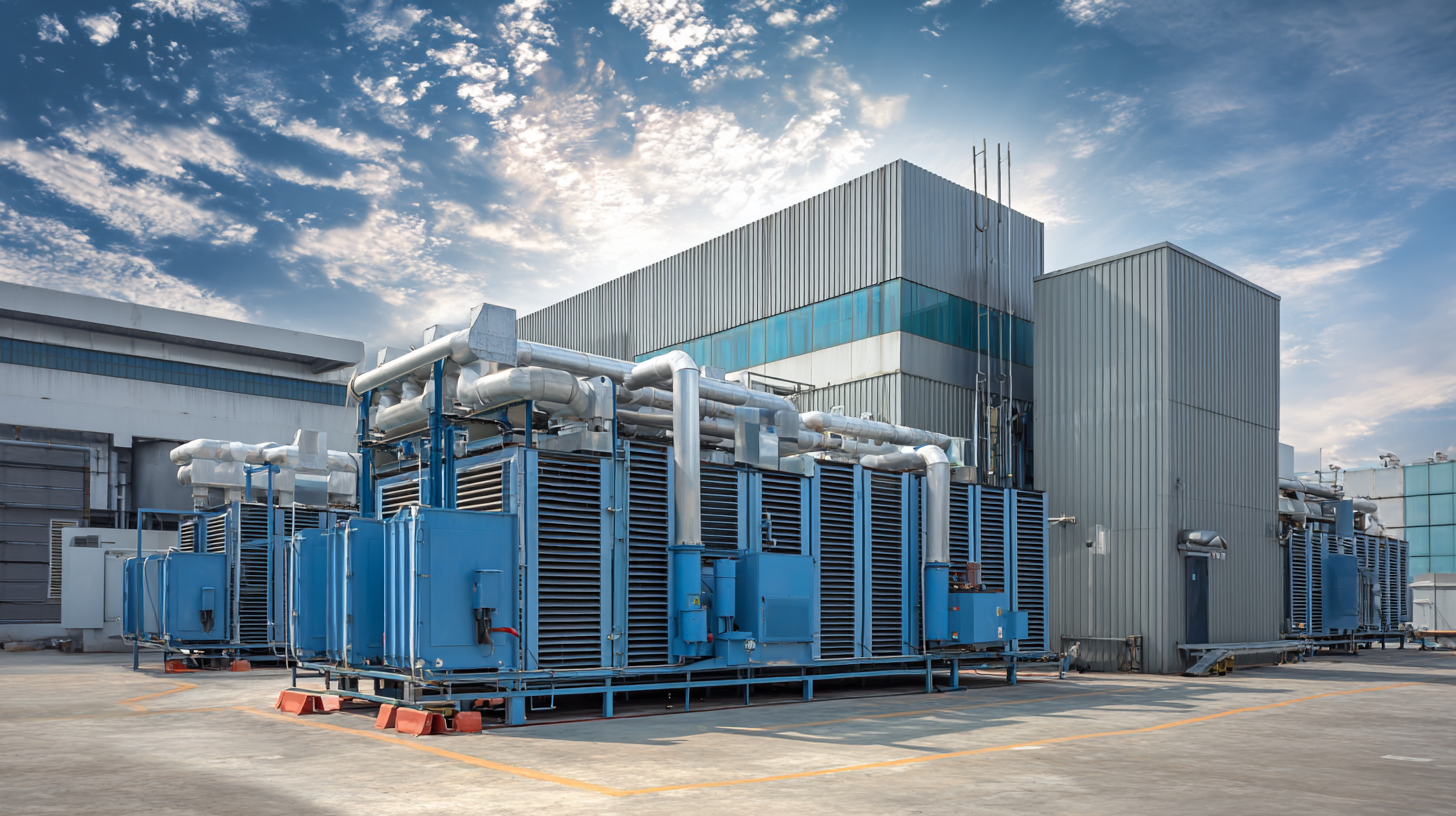
The HVAC industry is witnessing transformative innovations in heat exchange technologies that significantly enhance energy efficiency. As reported by the The U.S. Department of Energy, heating and cooling account for nearly 50% of the energy consumption in residential buildings. Consequently, advancements in heat exchanger designs can lead to substantial energy savings. For instance, the implementation of plate heat exchangers has shown remarkable improvements, with efficiency ratings often exceeding 90%. This leap in performance is largely attributed to their compact design and large surface area, which enable superior heat transfer compared to traditional tubular models.
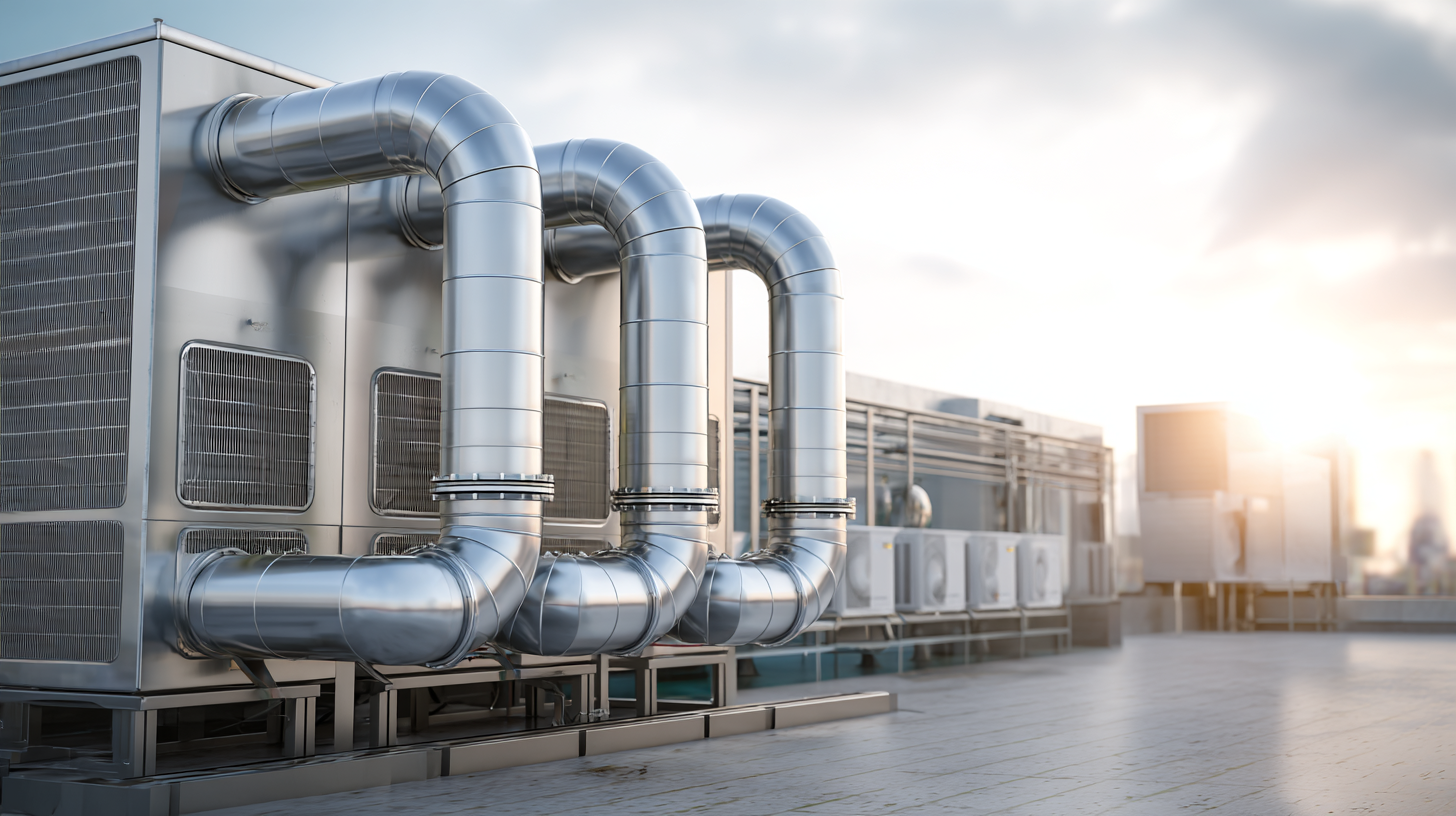
Moreover, the integration of smart technologies in HVAC systems is redefining operational efficiency. According to a study by the International Energy Agency, smart thermostats and automation in HVAC systems can reduce energy consumption by up to 20%. These systems utilize real-time data to optimize heat exchange processes, effectively responding to changes in temperature and occupancy. As a result, modern HVAC solutions not only reduce energy use but also contribute to sustainability goals, providing both economic and environmental benefits. This shift towards smarter, more efficient heat exchangers is essential for achieving the energy efficiency targets set for the coming years.
The comparative analysis of natural versus mechanical heat exchangers highlights the distinct advantages and efficiency levels of each type within the HVAC landscape. Natural heat exchangers, utilizing passive means such as gravity and thermal buoyancy, are celebrated for their low energy consumption and minimal operational costs. According to the Energy Efficiency Resource Standards (EERS) report in 2023, natural heat exchangers can achieve energy savings of up to 20% compared to their mechanical counterparts in mild climates, making them an attractive option for residential applications.
Conversely, mechanical heat exchangers, which rely on fans and pumps to facilitate airflow, offer enhanced performance in extreme weather conditions. The American Society of Heating, Refrigerating and Air-Conditioning Engineers (ASHRAE) noted that advancements in mechanical systems have led to a 15% increase in efficiency ratings over the past five years. This improves their adaptability for commercial buildings, particularly in regions experiencing temperature fluctuations.
The choice between natural and mechanical systems ultimately boils down to specific application needs, climate considerations, and long-term operational goals, as both systems play significant roles in enhancing energy efficiency in modern HVAC systems.
When selecting heat exchangers for HVAC systems in 2023, several key features can significantly enhance energy efficiency. One of the most crucial aspects is the thermal efficiency rating. According to the ASHRAE 2021 report, high-performance heat exchangers can achieve thermal efficiencies exceeding 90%, which directly translates to reduced energy costs and improved system performance. Additionally, look for models featuring advanced materials and coatings that resist corrosion and fouling, as these can extend the lifespan and operational reliability of the unit.
Another vital consideration is the capacity and size of the heat exchanger. An undersized unit may struggle to meet demand, leading to increased wear and tear, while an oversized one can result in energy wastage. Data from the International Energy Agency suggests that correctly sized heat exchangers can improve overall system efficiency by up to 30%.
Tips: Always consult with a professional to assess specific heating and cooling loads of your space before making a purchase. Moreover, consider heat exchangers equipped with smart technology for real-time performance monitoring, enabling proactive maintenance and optimization. This approach not only improves energy efficiency but also enhances comfort levels in occupied spaces.
Heat exchangers have emerged as a crucial technology in HVAC systems, enabling significant energy savings and operational efficiency. The We Mean Business Coalition highlights various global company initiatives at COP30, showcasing real-life case studies where implementing heat exchangers has led to remarkable reductions in energy consumption. For instance, one major manufacturer reported up to a 30% reduction in energy costs after integrating advanced heat exchanger solutions in their facilities, thus affirming the feasibility and necessity of such technologies in today's climate-focused business environment.
In addition, these success stories underline the vibrancy of international collaboration in achieving energy efficiency goals. Companies across different sectors have shared their experiences, demonstrating how strategic investment in heat exchangers not only helps in mitigating environmental impact but also enhances profitability through lower operational expenses. As more organizations recognize the dual benefits of energy conservation and cost savings, the adoption of heat exchanger HVAC solutions is expected to proliferate, driving a sustainable future for enterprises worldwide.
| Solution Type | Energy Savings (%) | Initial Cost (USD) | Payback Period (Years) | Applications |
|---|---|---|---|---|
| Plate Heat Exchanger | 25% | 3,000 | 1.5 | Commercial Buildings |
| Shell and Tube Heat Exchanger | 30% | 5,000 | 2.0 | Industrial Processes |
| Air-to-Air Heat Exchanger | 20% | 2,500 | 1.2 | HVAC Systems |
| Heat Recovery Ventilator | 35% | 4,500 | 1.8 | Residential |
| Double-Pipe Heat Exchanger | 15% | 1,500 | 1.0 | Small Scale Applications |
| Finned Tube Heat Exchanger | 28% | 3,800 | 2.2 | Power Generation |
| Spiral Heat Exchanger | 24% | 4,000 | 1.7 | Food Processing |
| Crossflow Heat Exchanger | 22% | 3,200 | 1.6 | HVAC Systems |
| Thermal Wheel | 40% | 6,000 | 2.5 | Large Commercial |
| Microchannel Heat Exchanger | 18% | 2,000 | 1.4 | Refrigeration |

